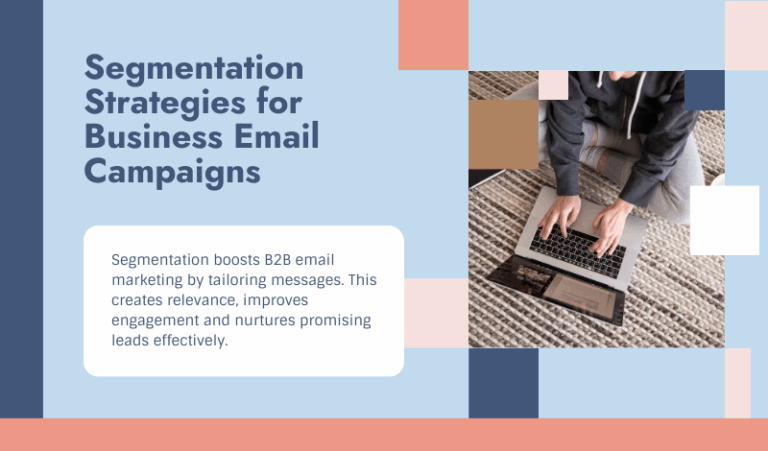
Baskin-Robbins knows a lot about manufacturing ice cream. They know even more about marketing it; their “31 flavors” promise has kept the brand popular since 1953. That number sticks in customers’ memories, but the actual number of flavors the company has offered is considerably larger – more than 1,300 flavors, in fact.
With so many choices, then, why will you only find a couple dozen at your local parlor? Logistics and changing tastes are only part of the answer. A psychological quirk called analysis paralysis is the rest of the story, and it’s vital to understand it when putting marketing automation to work for you.
Analysis Paralysis
When presented with too many choices, we tend to make no choice at all. That’s analysis paralysis, and it can be fatal to an otherwise well-designed marketing campaign. If you present a large, undifferentiated bunch of choices to your leads, you risk creating paralysis and having them choose none of them. That’s what happened when psychologists studied buyers’ choices at a farmer’s market. In their study on decision-making published in the Journal of Personality and Social Psychology, they found buyers were ten times as likely to make a purchase when presented with half a dozen flavors of jam than when given two dozen flavors.
The message to marketers is clear: Less can sometimes be more.
Refining Selections with Relevance
For marketers, deciding how many options to offer becomes its own challenge. Too few choices could leave customers unable to find what they’re looking for from you. Too many possibilities could freeze them in their tracks. There is a way to optimize how many choices you offer in your marketing campaigns. With a MARKETING AI® working for you, you’re able to divide your audience into segments and offer each segment the most relevant selection of choices for them.
Let’s go back to the ice cream parlor and see how segmentation leads to greater relevance. In your ice cream shop, you learn that certain customers have specific tastes. Some customers want fruit flavors, so you steer them to your blackberry crumble, peach, and strawberry flavors. Other ice cream lovers go for anything chocolate, so they’re presented with chocolate mint, chocolate chip, and chocolate mousse royale. Others are health-conscious and want sugar-free or low-fat versions. Some enjoy dairy-free choices.
Marketing automation gathers these groups together by behavior and preference to create relevant segments, and the process works as well for B2B businesses as it does for ice cream parlors. It even goes a step farther and predicts the direction new prospects will take in their buying journey based on demographic and firmographic data.
Reassessing Relevance in Real Time
Another key to marketing automation’s power to make messages relevant to leads is its ability to adapt over time. If a customer who once enjoyed decadent chocolate flavors is newly health-conscious, those behaviors make an impact on the data the MARKETING AI collects. With complete knowledge of past behaviors and current tastes, the system can cross-reference that information and send the customer an offer to try the new low-fat chocolate chip – a surefire hit for this buyer.
In a B2B context, historical data is even more important. Tastes may change when it comes to buying a single scoop of ice cream, but mission-critical business decisions can take months and involve multiple layers of approval. Only marketing automation technology can evolve with this decision-making process as it happens, realigning leads with the appropriate nurture program as their behaviors change and optimizing the variety of choices presented.
Your marketing automation system prevents analysis paralysis and ensures relevance with every message you send.
© Reach Marketing LLC 2017 All Rights Reserved.



